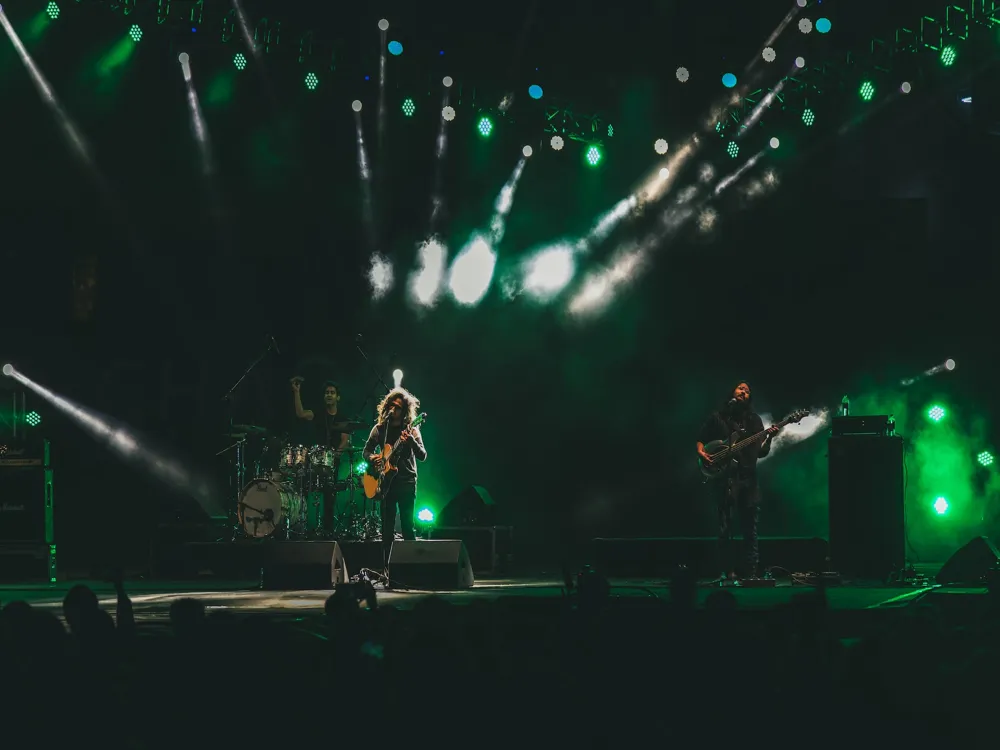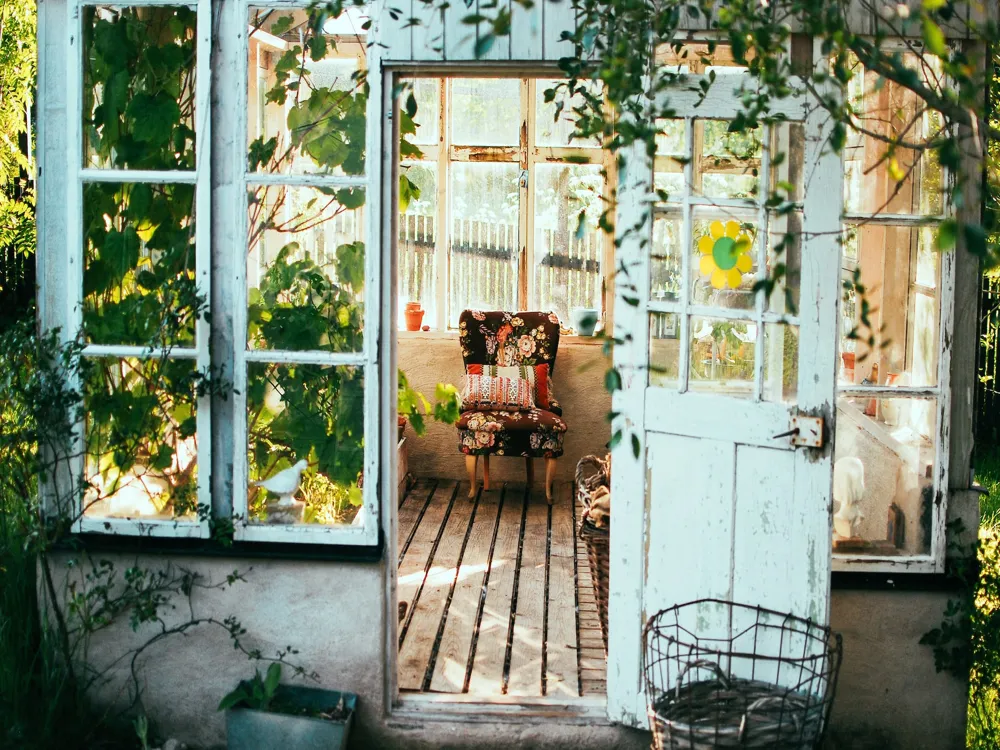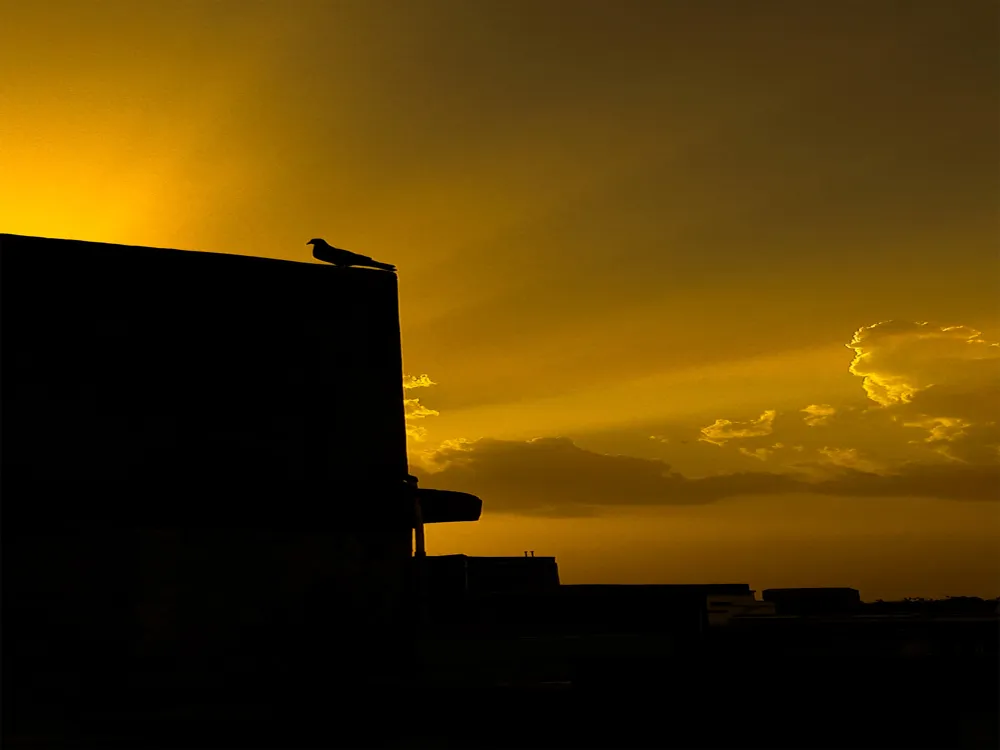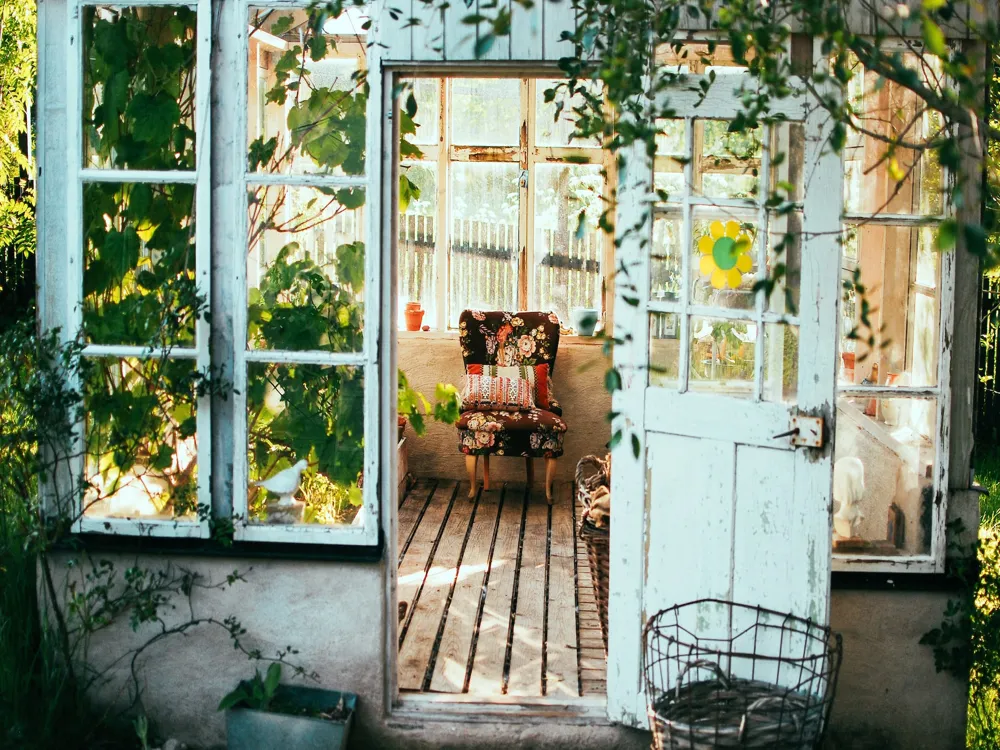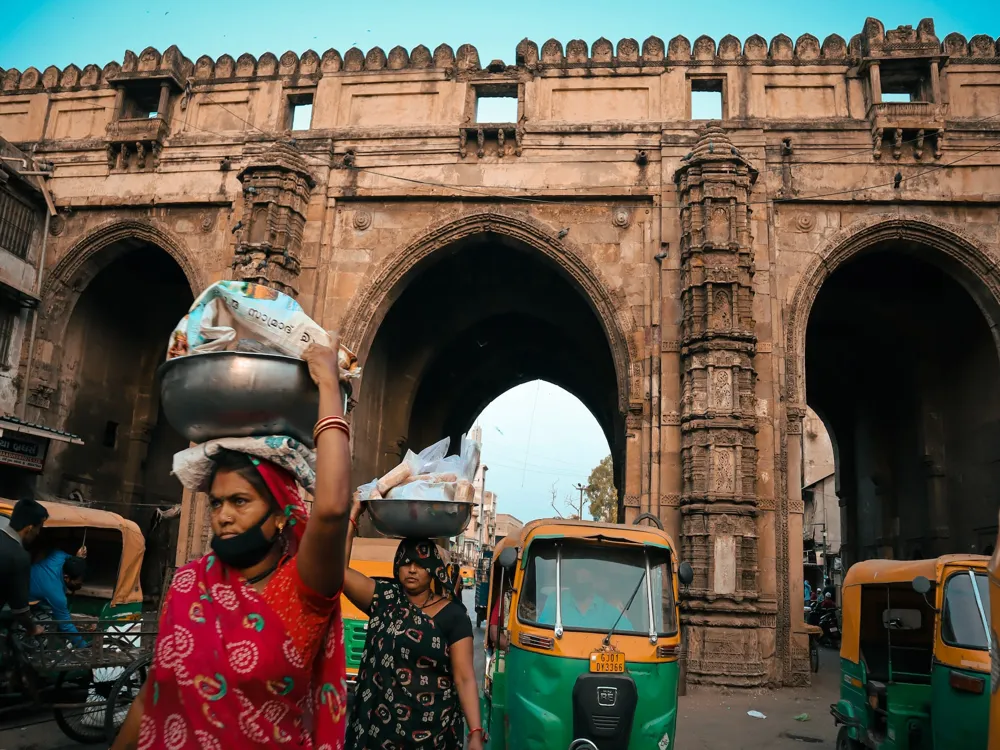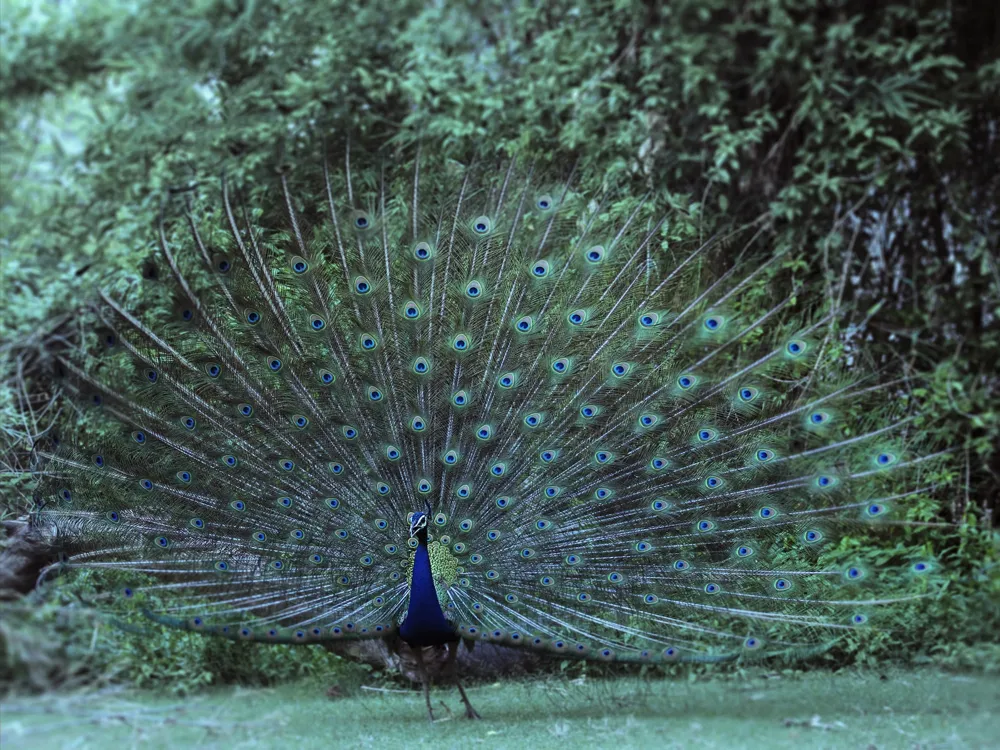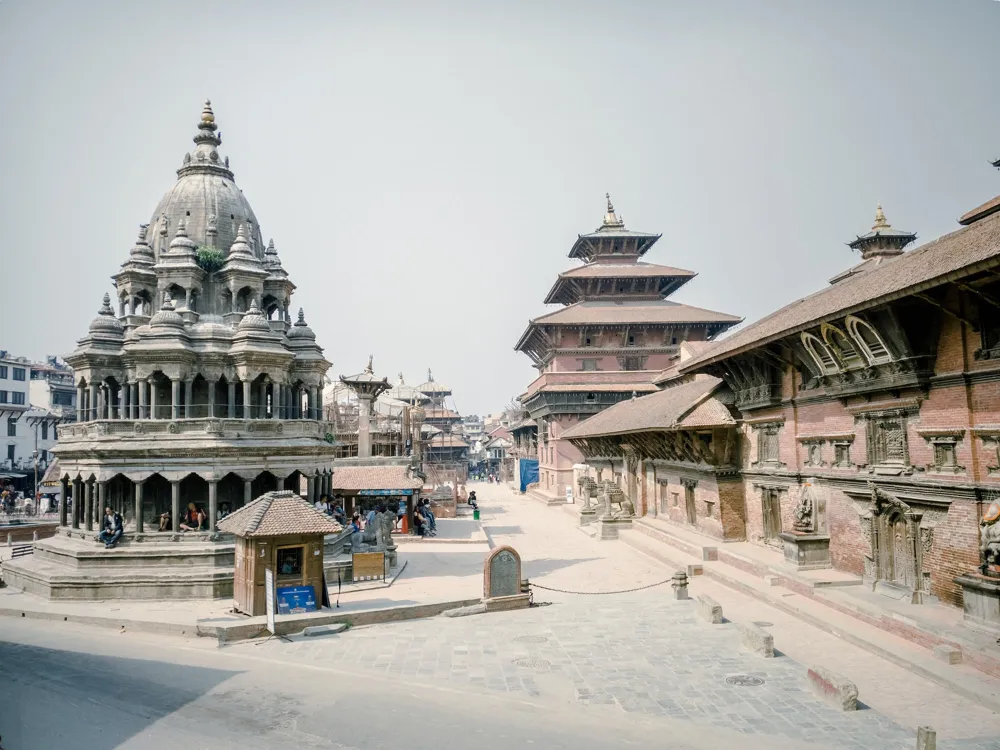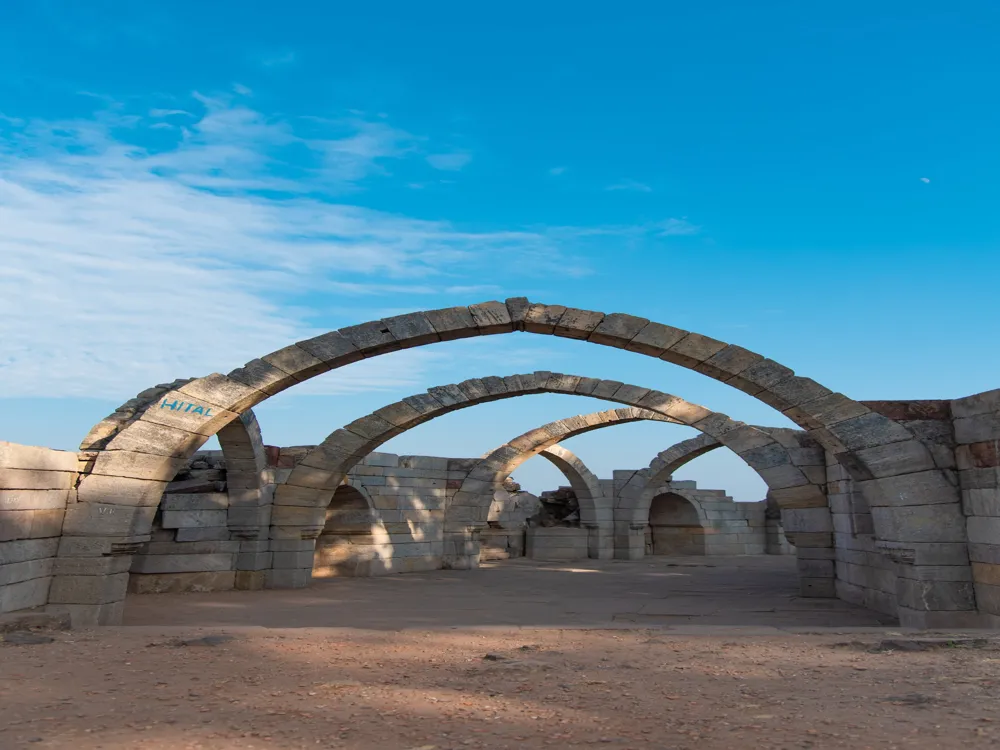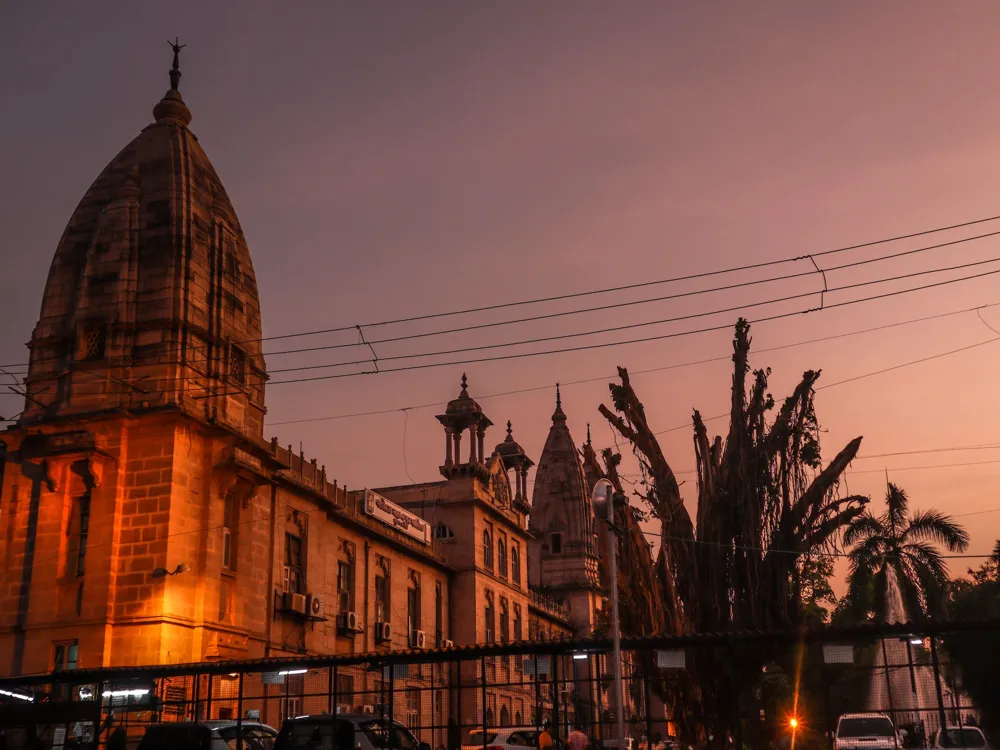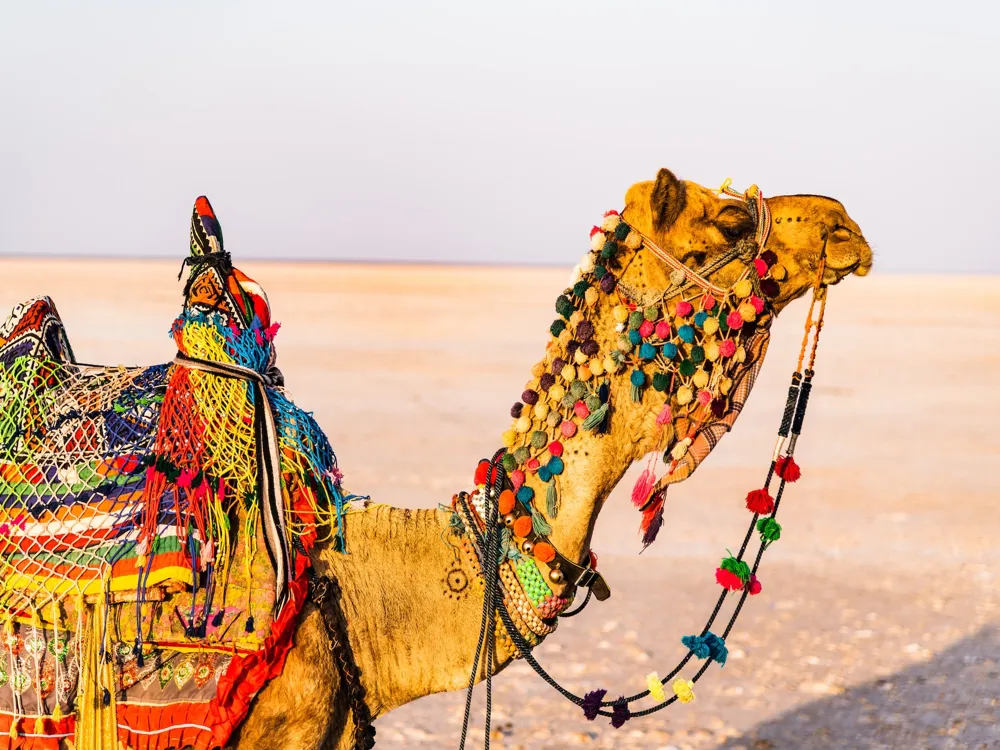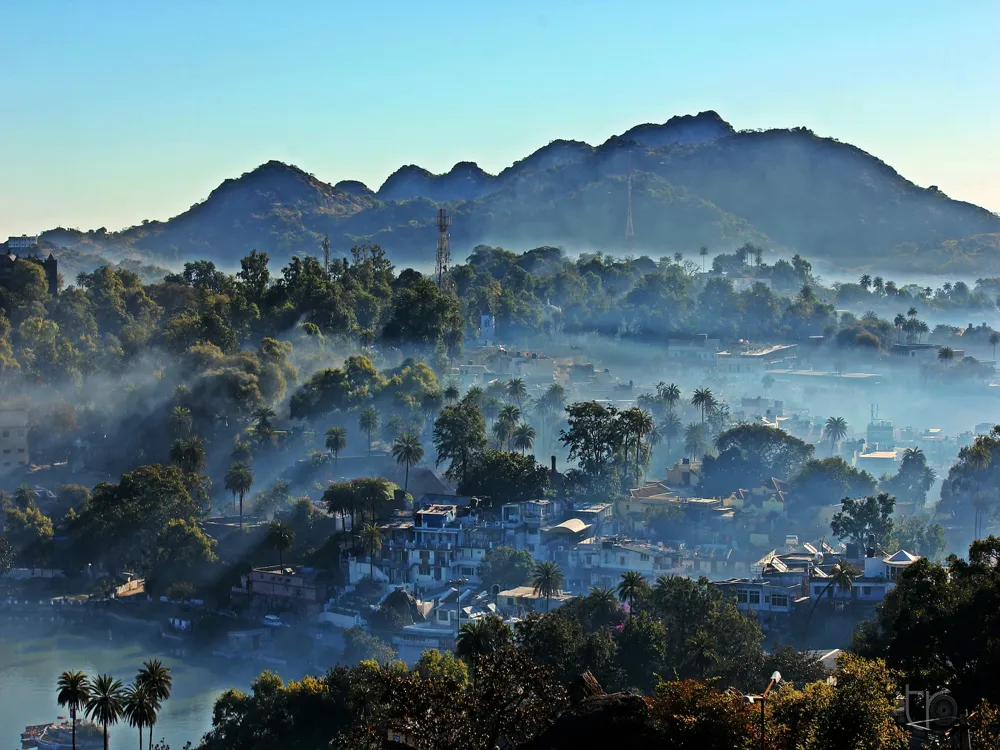Nestled in the bustling city of Ahmedabad in Gujarat, the Hutheesing Jain Temple stands as a testament to exquisite craftsmanship and a rich history that dates back to the 19th century. This temple, dedicated to Lord Dharmanatha, the fifteenth Jain Tirthankar, was built in 1848 under the patronage of a prosperous Jain merchant, Sheth Hutheesing Kesarisinh. The construction, which took two years to complete, was initially started by his wife, Harkunvar Shethani, after his demise. The Hutheesing Jain Temple is a splendid example of Jain architecture, reflecting the profound religious sentiments of the Jain community. With its intricate carvings, detailed sculptures, and serene ambiance, the temple not only serves as a significant religious site but also as a beacon of art and culture. Its presence in Ahmedabad, a city known for its rich cultural heritage and historical significance, adds to the temple's allure, attracting both devotees and tourists alike. The architecture of the Hutheesing Jain Temple is a marvel in its own right, showcasing the intricate craftsmanship of the era. Designed in the Nagara style, which is prevalent in North Indian temple architecture, the temple is constructed using white marble that radiates a divine glow under the sun. The temple complex comprises a main shrine (Garbhagruha), surrounded by 52 smaller shrines, each housing an idol of a Tirthankar, creating a tranquil and spiritual environment. One of the most striking features of the temple is its magnificent central dome, supported by twelve ornate pillars. The dome is intricately carved with designs of lotus flowers, symbolizing purity and enlightenment in Jainism. Additionally, the temple walls and pillars are adorned with detailed carvings of deities, dancers, musicians, and floral motifs, each telling a story of its own and exemplifying the skill of the artisans. Visitors are expected to dress modestly, covering shoulders and knees. It is advised to maintain a respectful demeanor within the temple premises and avoid loud conversations or disturbances. Photography may be restricted in certain areas of the temple. It's recommended to check with temple authorities and respect any guidelines provided regarding photography. The temple is serene and less crowded during early mornings and late evenings. Festivals and special occasions bring in more crowds and offer a chance to witness unique rituals and celebrations. Located in the heart of Ahmedabad, the Hutheesing Jain Temple is easily accessible by various modes of transportation. The nearest airport is Sardar Vallabhbhai Patel International Airport, which is about 9 kilometers away. From the airport, visitors can take a taxi or an auto-rickshaw to reach the temple. For those traveling by train, the Ahmedabad Railway Station is approximately 5 kilometers from the temple, with frequent auto-rickshaws and taxi services available outside the station. Local buses also ply to and from the temple, making it convenient for visitors to reach. Read More:Overview of Hutheesing Jain Temple in Ahmedabad, Gujarat
The architecture of Hutheesing Jain Temple
Tips When Visiting Hutheesing Jain Temple
Dress Code and Conduct
Photography Rules
Best Time to Visit
How To Reach Hutheesing Jain Temple
Hutheesing Jain Temple
Ahmedabad
Gujarat
NaN onwards
View ahmedabad Packages
Weather :
Label : Must Visit
Tags : Temple
Timings : 8:00 AM to 1:00 PM
2:00 PM to 5:00 PM
Aarti: Begins at 8:00 AM
Planning a Trip? Ask Your Question
Ahmedabad Travel Packages
View All Packages For Ahmedabad
Top Hotel Collections for Ahmedabad

Private Pool

Luxury Hotels

5-Star Hotels

Pet Friendly
Top Hotels Near Ahmedabad
Other Top Ranking Places In Ahmedabad
View All Places To Visit In ahmedabad
Faq on Ahmedabad
What is Hutheesing Jain Temple famous for?
The Hutheesing Jain Temple is renowned for its intricate architectural design and its significance as one of the most prominent Jain temples in Ahmedabad.
Who built Hutheesing Jain Temple?
The temple was built by Sheth Hutheesing Kesarisinh, a wealthy Jain merchant, in dedication to the 15th Jain Tirthankara, Shri Dharmanatha.
What is the architectural style of Hutheesing Jain Temple?
The architectural style of the Hutheesing Jain Temple is predominantly traditional Jain architecture, characterized by intricately carved marble and a prominent central dome.
Is Hutheesing Jain Temple open to visitors?
Yes, the Hutheesing Jain Temple is open to visitors throughout the week, allowing individuals to explore its stunning architecture and religious significance.
What are the main attractions inside Hutheesing Jain Temple?
The main attractions inside the Hutheesing Jain Temple include the beautifully carved marble pillars, the intricately designed dome, and the peaceful ambiance ideal for meditation and prayer.
View ahmedabad Packages
Weather :
Label : Must Visit
Tags : Temple
Timings : 8:00 AM to 1:00 PM
2:00 PM to 5:00 PM
Aarti: Begins at 8:00 AM
Planning a Trip? Ask Your Question
Ahmedabad Travel Packages
View All Packages For Ahmedabad
Top Hotel Collections for Ahmedabad

Private Pool

Luxury Hotels

5-Star Hotels

Pet Friendly
Top Hotels Near Ahmedabad
Other Top Ranking Places In Ahmedabad
View All Places To Visit In ahmedabadFaq on Ahmedabad
What is Hutheesing Jain Temple famous for?
The Hutheesing Jain Temple is renowned for its intricate architectural design and its significance as one of the most prominent Jain temples in Ahmedabad.
Who built Hutheesing Jain Temple?
The temple was built by Sheth Hutheesing Kesarisinh, a wealthy Jain merchant, in dedication to the 15th Jain Tirthankara, Shri Dharmanatha.
What is the architectural style of Hutheesing Jain Temple?
The architectural style of the Hutheesing Jain Temple is predominantly traditional Jain architecture, characterized by intricately carved marble and a prominent central dome.
Is Hutheesing Jain Temple open to visitors?
Yes, the Hutheesing Jain Temple is open to visitors throughout the week, allowing individuals to explore its stunning architecture and religious significance.
What are the main attractions inside Hutheesing Jain Temple?
The main attractions inside the Hutheesing Jain Temple include the beautifully carved marble pillars, the intricately designed dome, and the peaceful ambiance ideal for meditation and prayer.







